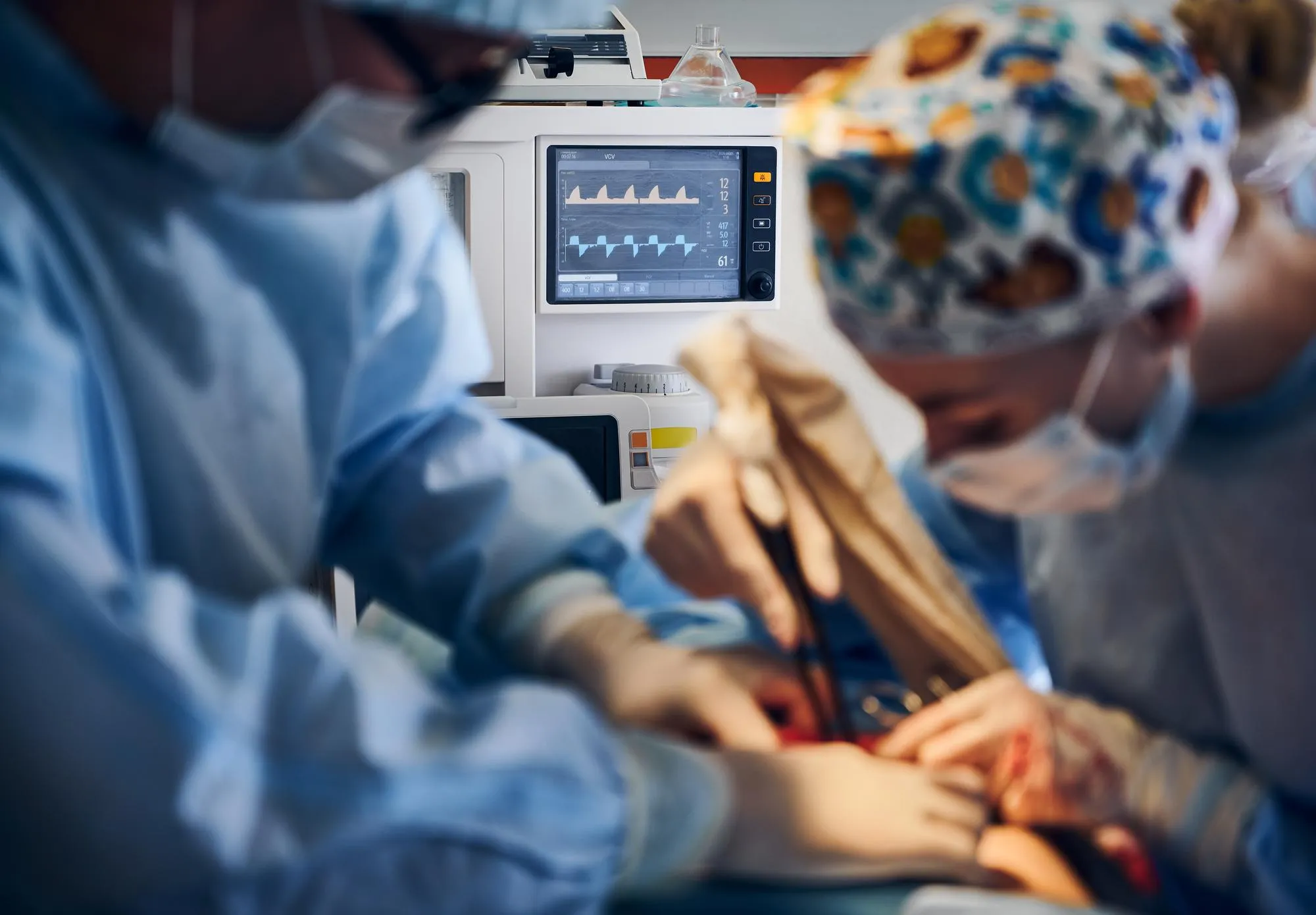As the medical field continues to evolve with technological advancements, a new frontier has emerged in the realm of breast cancer surgery. The use of robotic surgical systems has been gaining traction, providing a cutting-edge approach that promises a combination of precision, aesthetic consideration, and quality of care. This article explores the emerging role of robotic surgery in breast cancer procedures with a focus on robotic nipple sparing mastectomy (r-NSM), assessing its safety, efficacy, and potential over conventional methods.
The Advent of Robotic-Assisted Surgical Innovation
In oncologic breast surgery, the latest burgeoning technique is robotic nipple sparing mastectomy, a method that utilizes advanced robotic systems to conduct procedures that were traditionally performed through open surgery. This evolution is leading to a paradigm shift in how mastectomies are viewed and executed.
Authors from the David Geffen School of Medicine at the University of California Los Angeles, Alissa A. Doll and Jennifer L. Baker, alongside Katherine K. Kopkash from the NorthShore University HealthSystem and the University of Chicago Pritzker School of Medicine, delve into this subject in their latest journal article published with ‘Clinical Breast Cancer’ (DOI: 10.1016/j.clbc.2023.12.009).
They provide a comprehensive review of the emergence of robotic-assisted surgery in breast procedures, discussing the pros and cons of this novel approach in the context of clinical outcomes, cosmetic results, surgeon ergonomics, and economic considerations.
Evaluating the Implications of Robotic Surgery
One of the most significant apparent advantages of robotic surgery mentioned in the review is the smaller incisions that it affords. Traditionally, breast surgery required larger incisions, leading to higher chances of visible scarring. Robotic approaches like r-NSM offer an opportunity for reduced scarring, potentially leading to improved cosmetic outcomes—a factor that cannot be understated in surgeries that have a profound impact on patient self-image and quality of life post-operation.
Furthermore, studies cited in the article suggest that r-NSM can offer ergonomic advantages for surgeons. With surgery being a physically demanding job, this advance may not only improve the quality of work life for surgeons but may also have implications for precision and, by extension, patient outcomes.
However, surgical robotics is not a panacea without its challenges or limitations. Alissa A. Doll and her co-authors highlight that although the periprocedural complication rates of robotic surgeries appear similar to conventional methods, the long-term oncologic outcomes of r-NSM are still under investigation. Despite short-term follow-ups being reassuring, the relatively nascent nature of these technologies means that longer-term data is necessary to confidently validate its safety and effectiveness compared to the tried-and-tested methods.
Cost and Accessibility: The Stumbling Blocks
Another important consideration discussed is the cost associated with robotic surgeries. The review notes that the increased direct cost of r-NSM, when compared to open surgery, is a significant barrier to its widespread adoption. This economic challenge extends beyond the initial purchase of robotic surgical systems to include maintenance, training, and potential increases in operation time.
Unfolding the Future: Ongoing Trials and Investigations
The authors highlight that several randomized trials are currently in progress, aiming to better understand the advantages, oncological safety, and cost-effectiveness of robotic breast surgery. These trials are essential to providing evidence that can guide policy, practice, and potentially, the standardization of robotic surgery for breast cancer.
Conclusion and Future Directions
Robotic surgery within the domain of breast cancer treatment stands at the precipice of becoming a revolutionary standard. However, as the authors of this insightful review rightly point out, evidence from rigorous studies and time to assess long-term outcomes are imperative before this technology can be fully integrated into breast cancer care. As medicine stands on the edge of this surgical evolution, it is crucial to maintain a patient-centered approach that balances innovation with accessibility, cost, and most importantly, patient safety and outcomes.
References
1. Doll, A. A., Kopkash, K. K., & Baker, J. L. (2023). Emerging Role of Robotic Surgery in the Breast. Clinical Breast Cancer. doi:10.1016/j.clbc.2023.12.009
2. Toesca, A., Invento, A., Massari, G., et al. (2017). Update on the Feasibility and Progress on Robotic Breast Surgery. Annals of Surgical Oncology, 24(10), 2958-2964. doi:10.1245/s10434-017-6006-2
3. Sarfati, B., Struk, S., Leymarie, N., et al. (2018). Robotic prophylactic nipple-sparing mastectomy with immediate prosthetic breast reconstruction: A prospective study. Annals of Surgical Oncology, 25(9), 2579-2586. doi:10.1245/s10434-018-6532-1
4. Lai, H. W., Chen, S. T., Mok, C. W., et al. (2021). Robotic Nipple-Sparing Mastectomy and Immediate Breast Reconstruction with Gel Implant: Technique, Preliminary Results and Patient-Reported Cosmetic Outcome. Annals of Surgical Oncology, 28(1), 42-52. doi:10.1245/s10434-020-08926-6
5. Garcia-Etienne, C. A., Tomatis, M., Heil, J., et al. (2020). Nipple sparing mastectomy: Surgical and oncological outcomes from a European multicentric retrospective study. European Journal of Surgical Oncology, 46(4 Pt A), 658-666. doi:10.1016/j.ejso.2019.12.021
Keywords
1. Robotic Breast Surgery
2. Robotic Nipple Sparing Mastectomy
3. Oncologic Breast Surgery Technology
4. Mastectomy Cosmesis
5. Advances in Breast Cancer Treatment
